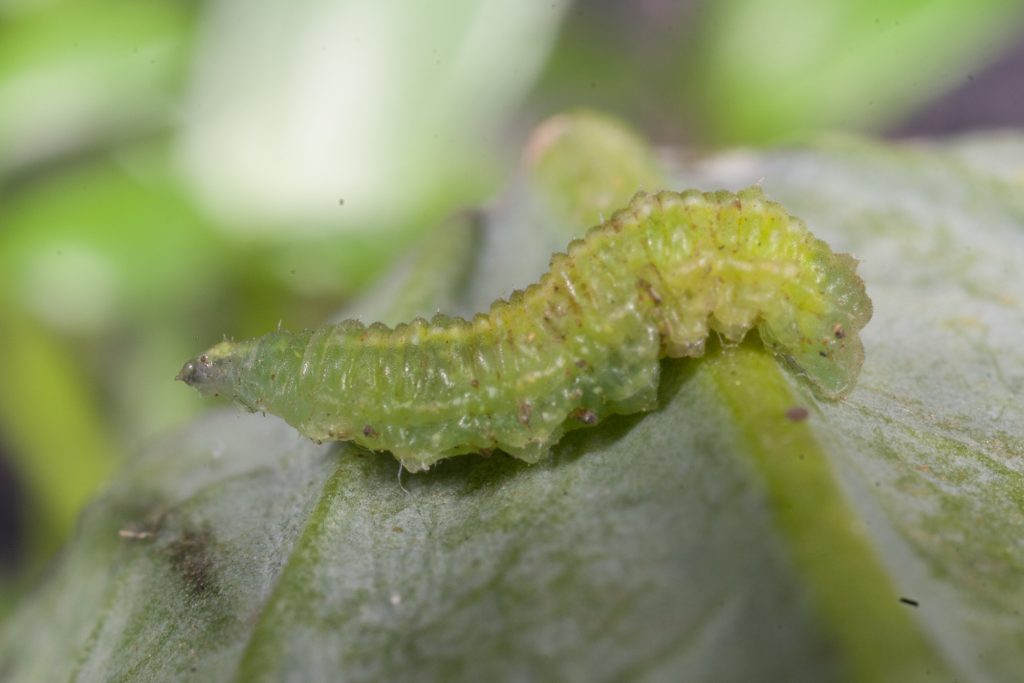Invasions of this aphid–devouring insect will help urban IPM and protect all those roses.
Where have they been reported?
There is abundant evidence that hoverflies have arrived en masse in Melbourne and other areas to the east and south of Victoria in the first weeks of October.
Adult hoverflies have been seen flocking around flowering and non-flowering garden plants and weeds alike.
They are often being mistaken for small bees or wasps.
Enquires have even reached Victorian talkback radio.
The good news is that hoverflies are not a plant or household pest; rather an important beneficial insect.
Hoverfly larvae (Melangnya spp.) attack a range of soft-bodied insects and are a particularly voracious predator of aphids. The larvae are often mistaken for pest caterpillars such as diamondback moth.
There is no doubt that hoverflies, and other beneficials, have held back damaging aphid populations in crops, and will continue to do so in urban gardens.
This spring, hoverfly numbers have been very high across large parts of south-eastern Australia.
This is probably because of the consistently large numbers of cereal and canola aphids experienced in crops over winter and early spring, allowing the rapid, ubiquitous growth of hoverfly populations.
In Europe, hoverflies are known migrants, so this is also likely to be the case in Australia.
The Tasmanian Government has also reported much larger than usual immigrations of hoverfly over the Bass Strait from the mainland in early October.
So urban gardeners and horticulturalists are now benefitting from the hoverflies arriving from agricultural and native landscapes.
About hoverflies
Hoverfly adults are 4-10 mm long and have dark-coloured flattened bodies with black and yellow markings.
As the name suggests, they ‘hover’ over objects and look similar to bees and wasps.
Adults feed on aphid honeydew, nectar and pollen, and can also be a useful pollinator.
Eggs are laid on the vegetation, in close proximity to pests.
Larvae are maggot-like, legless grubs with no eyes and vary in colour from cream to green or brown. Many have white stripes on their upper side, and they can grow up 10 mm long.
Larvae move on the vegetation searching for prey. They grip and pierce their prey with their mouth hooks and suck out the body contents.

Cover image: Photo by Andrew Weeks, Cesar Australia





